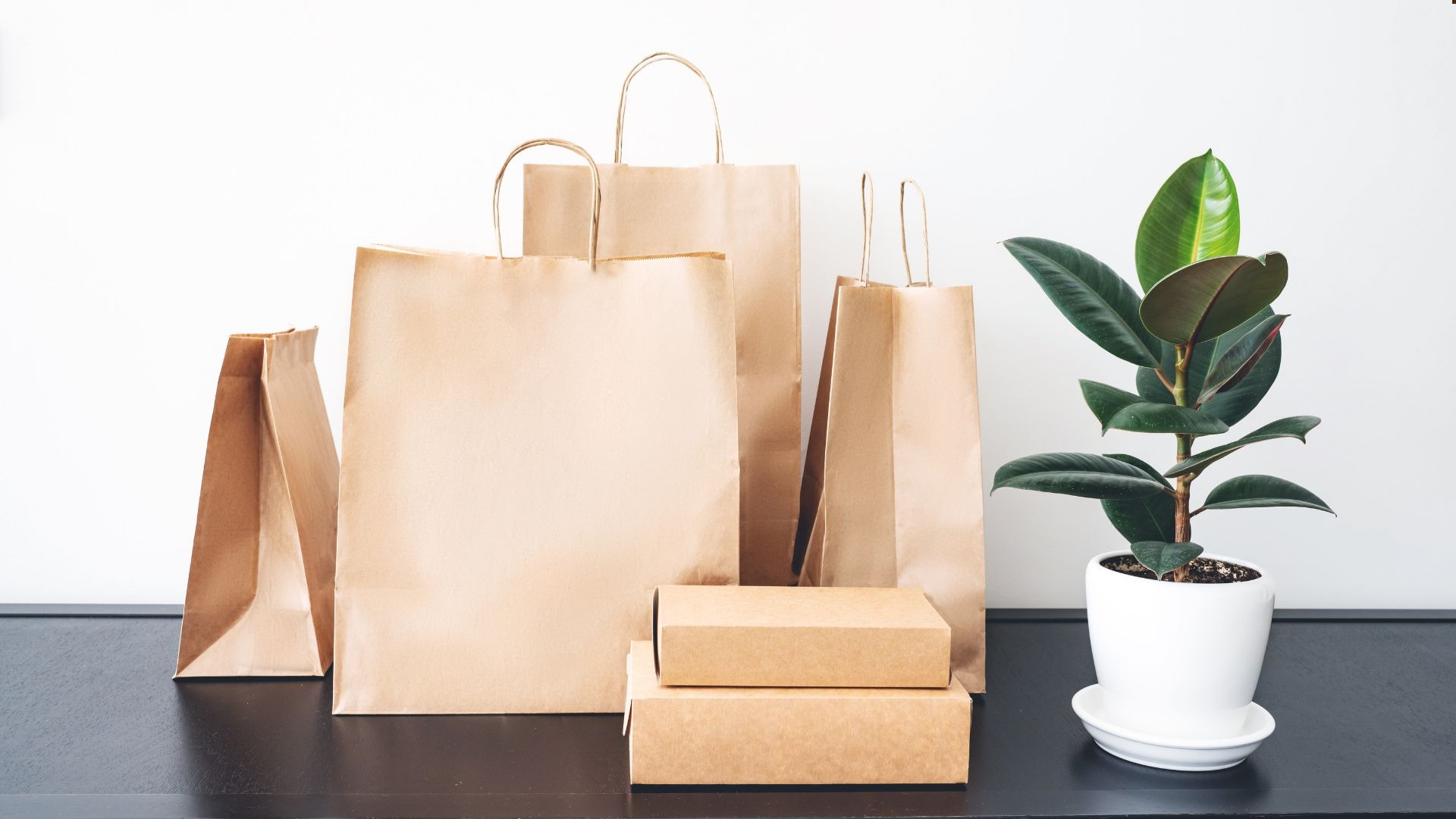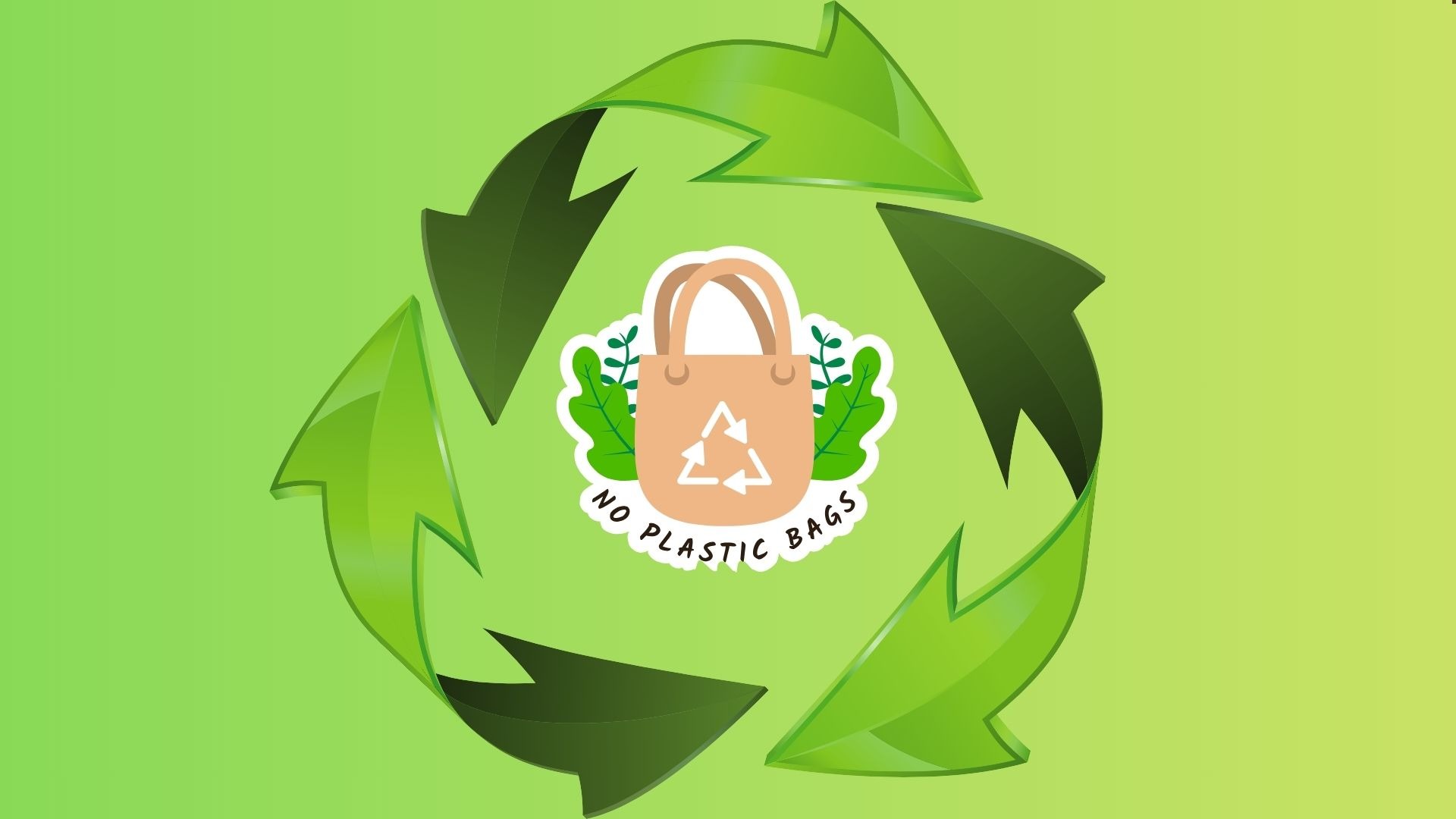Paper Bags Are Back and They're Not What You Remember
Updated on
Published on

Tired of flimsy bags that harm the planet? Today, paper bags are stronger and safer for the environment. This blog shows how modern paper bags help with waste reduction and sustainability.
You will want to use them for your next shopping trip!

The Evolution of Paper Bags
Paper bags have come a long way. They are now stronger and last longer than before.
Stronger and more durable designs
Today’s paper bags can hold more weight than before. Some bags now use thicker, high-quality paper. Strong handles stay attached, even with heavy groceries. In 2023, many stores switched to double-layered bags.
These bags carry up to 22 pounds. Many grocery shoppers rely on these new eco-friendly bags for big or bulky items. They are less likely to tear or leak, making them a better alternative for packaging and waste reduction.
Enhanced reusability features
Newer paper bags last longer because they use stronger paper. Some have handles that do not tear easily. Many grocery stores offer thicker bags that people use again for shopping or storage.
Several brands now make washable paper bags from renewable resources. These bags hold up to 15 pounds or more. According to the Sustainable Packaging Coalition, "Reusable paper bags can reduce waste and support eco-friendly habits." Using these bags for multiple purposes supports sustainability and waste reduction.
Some stores even give discounts to customers who bring back their bags.
Environmental Benefits of Modern Paper Bags
Modern paper bags are made from materials that break down easily in nature. They also help keep our oceans safer by reducing the threat to marine life.
Biodegradable and compostable materials
Today’s paper bags often use biodegradable and compostable materials. These bags break down in soil or compost bins in less than six months. Some cities, like San Francisco, have made composting bins common for used paper bags.
This switch helps reduce waste sent to landfills. Compostable paper bags help support eco-friendly habits in grocery and retail packaging. Many companies now use renewable sources, like recycled paper, to make their bags.
This shift supports conservation and helps lower the impact on the environment.
Reduced impact on marine life
Modern paper bags help protect marine life. They break down faster than plastic bags. This means less trash in the oceans. Animals cannot mistake paper for food like they do with plastic.
Paper also does not harm fish or sea turtles as much when it breaks down.
Using biodegradable and compostable materials is key. These materials reduce the chance of pollution in water bodies. By choosing eco-friendly options, we support waste reduction efforts that benefit our environment.
"Choosing paper helps keep our oceans cleaner.
Innovations in Paper Bag Production
Paper bag production has changed a lot. New methods use resources that are better for the earth and save water and energy.
Use of renewable resources
Modern paper bags use renewable resources. These bags come from trees that are grown for this purpose. They help reduce the need for plastic, which often harms the environment. Using wood from sustainably managed forests means less waste and a smaller carbon footprint.
Manufacturers aim to make production greener. They focus on using materials that do not harm nature. This shift supports eco-friendly practices while meeting consumer demand for better packaging options.
Many people want sustainable choices when they shop, making these bags popular again.
Reduced water and energy consumption
The shift to renewable resources leads to lower water and energy use. Modern paper bags require less water in their production compared to older styles. This reduces the strain on local water supplies.
Energy consumption during production also drops significantly. Factories use better technology, which improves efficiency.
By minimizing resource use, these bags support eco-friendly practices. Less energy needed means fewer carbon emissions too. This makes paper bags a more sustainable choice for grocery shopping and packaging needs.
Comparison: Paper Bags vs. Plastic Bags
Paper bags are better for the environment than plastic bags. They break down easily and do not harm wildlife as plastic does.
Carbon footprint analysis
Carbon footprint analysis shows how paper bags compare to plastic ones. The production of paper bags results in lower carbon emissions. They utilize renewable resources instead of fossil fuels, which helps reduce climate change.
Modern paper bags are often made from recycled materials too.
Plastic bags create more pollution during their life cycle. They take hundreds of years to decompose and harm marine life when discarded carelessly. In contrast, many modern paper bags break down easily and can be composted. This makes them a better choice for the environment.
Longevity and recyclability
Paper bags are strong and last longer than their old versions. They can be reused many times before wearing out. This makes them a practical choice for shopping and storage.
These bags are also recyclable. Many recycling centers accept paper bags, which helps reduce waste. Choosing paper supports eco-friendly practices and lessens our impact on the environment.

Conclusion
Paper bags have made a strong comeback. They look different and are much better than before. Today, they are made from eco-friendly materials that help the planet. Many stores now use them for grocery shopping and other needs.
Choosing these bags helps reduce waste while supporting sustainability efforts. Let's embrace this change for a cleaner environment!







